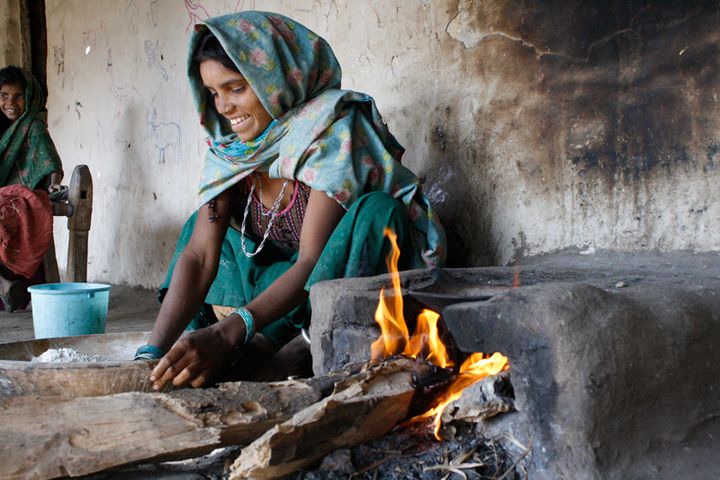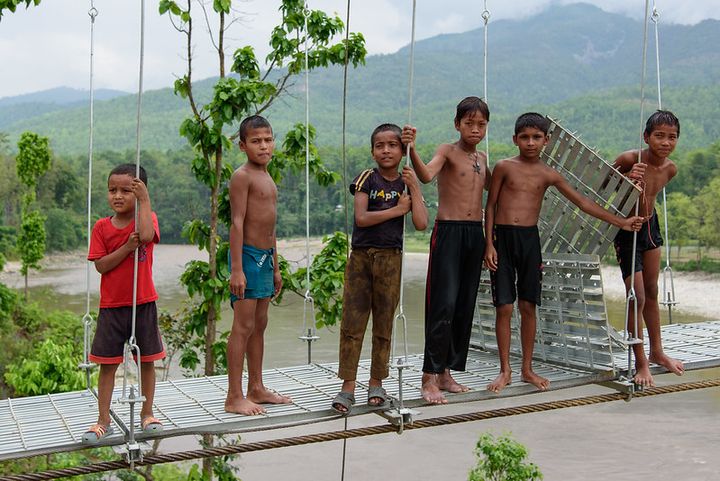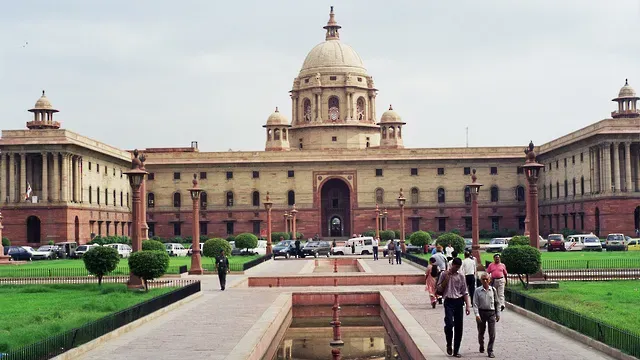IPCC: A decade to decarbonise the world
What's in the landmark report for coal-dependent India

Welcome to today's special edition of Lights On, a newsletter that brings you the key stories and exclusive intel on energy and climate change in South Asia.
Yesterday the IPCC released the third part of its landmark Sixth Assessment Report. If you want to hear from lead author Navroz Dubash and ask your own questions, join me on Twitter Spaces for a chat, at 4.30pm IST. Follow me on Twitter for updates and to set a reminder:
It’s not too late to keep global warming within 1.5C by the end of the century, the scientists of the UN climate body said this week. But as emissions continue to increase, all countries need to rethink their development path now so it meets the goal of aggressive carbon reduction this decade - with global emissions peaking by 2025 and about halving by 2030, compared to 2010 levels.
The third instalment of the Sixth Assessment Report compiled by the Intergovernmental Panel on Climate Change (IPCC) is likely the last scientific assessment charting a path compatible with the most ambitious climate goal before the window for action closes. According to its models, a world where global warming doesn’t exceed 1.5C by 2100 will see the use of coal, oil and gas decline by 95, 60 and 45 percent respectively by 2050, compared to 2019 levels. This is a tall order for all nations, but particularly for emerging economies still relying on fossil fuels for short term stability and long term growth.
The largest poorest emitter
India, the third largest global emitter, is one of them. With a population fast approaching 1.5 billion, and a GDP per capita hovering around $1800, the country still depends on coal for 70 percent of its energy needs, an industry that directly and indirectly supports 3.6 million workers. Such is India’s fossil fuel dependence that the government doesn't shy away from buying Russian oil at a time in which this could damage the country’s international standing, citing energy security as the first priority.
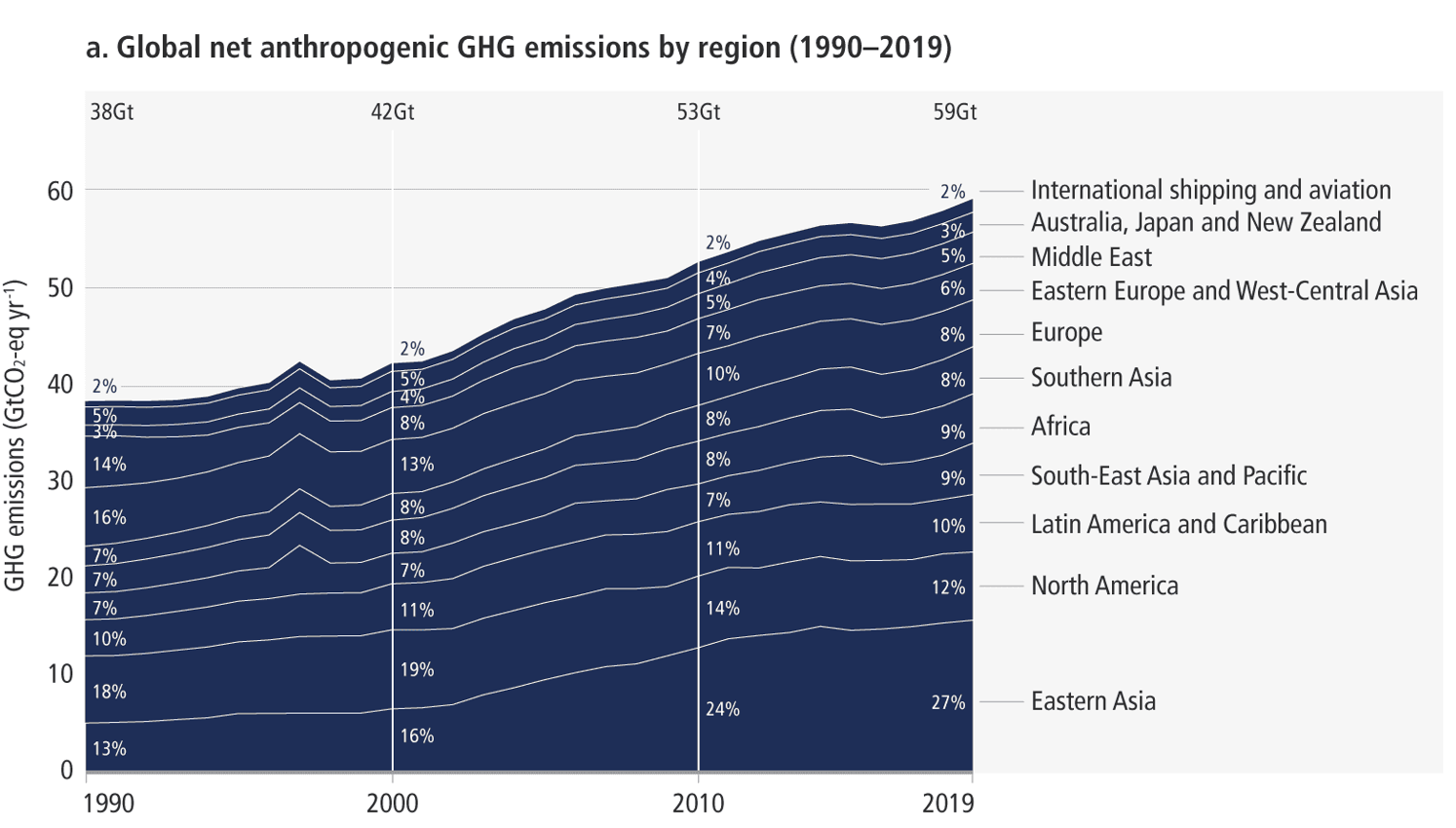
In November 2021, India’s delegation infamously stalled the COP26 climate negotiations at the very last moment over the mention of a ‘coal phaseout’ target in the text - even if largely symbolic, the notion could not make it to the final agreement. "How can anyone expect that developing countries make promises about phasing out coal and fossil fuel subsidies? Developing countries still have to deal with their poverty reduction agenda," the head of the delegation, environment minister Bhupender Yadav, said to the COP26 plenary.
But the IPCC scientists now say that for a chance to keep the world under the 1.5C threshold, all unabated coal - plants that are not equipped with carbon trapping technologies - has to go. Currently, India has about 211GW of operational coal capacity, and another 55GW under various phases of construction. None of these plants has or will come with carbon capture and storage (CCS), an early stage, expensive and water-intensive technology that the IPCC mentions as a potential mitigation option when everything else fails.
The missing plan for fossil energy
For India, says Balasubramanian Viswanathan, a policy adviser with the International Institute for Sustainable Development (IISD), the take-home message from the new IPCC report is unequivocal. “It is no longer enough to only have high ambition for clean energy, we also need a plan for fossil energy,” he says. Putting off hard decisions on phase down is only going to make those decisions costlier. “We need to look seriously into our large fleet of fossil assets, especially among our publicly owned entities.”
Viswanathan mentions coal giant NTPC, India’s biggest power producer, which has recently unveiled plans to install 60GW of renewable capacity by 2030. While this is commendable, he says, the company “also has a similar scale of coal assets that need a managed phase down. So far, no clear plan exists.” Currently, NTPC is building an additional 9.5GW of unabated coal fired power plants which, given coal is becoming increasingly less competitive against renewable energy, exposes investors to $19 billion in stranded asset risks such as early closure or devaluation.
Mitigate to develop
“You're not going to achieve development without addressing mitigation,” Navroz Dubash, professor at the think tank Centre for Policy Research who led the report’s chapter on national and subnational policies and institutions, tells Lights On. “It's counterproductive to think of these as oppositional,” he says, while conceding that weaving climate action in all development plans “is a really complicated thing to do”.
When it comes to decision making, “you can't just hive off the decisions to individual ministries, you have to run climate change to all these different departments,” he explains. “In many countries, including India, the US and Brazil, you have a federal system, where your ministry of environment at the national level may not actually control a lot of salient decisions on urbanisation, water use or agriculture.” Some nations have created central institutions to coordinate climate action across departments and local bodies, such as China with the National Development Reform Commission, tasked with implementing the five year plan and its climate components.
Part of the complexity of the global mitigation task is that it’s an inherently granular effort, and there is no recipe that works for all countries. The IPCC suggests ‘policy packages’ as a holistic way to tailor decarbonisation efforts to each national or local context, also helping identify and look after those who stand to lose from any transition effort. The report mentions the example of green mobility in Kolkata, which has combined the deployment of green auto rickshaws with the promotion of fuel efficient buses and a ban on unsafe cycling on busy roads.
When it comes to decarbonising industries, tools such as carbon pricing have led to emission reductions if combined with technology support, ultimately incentivising the spread and reducing the cost of renewable energy solutions.
Practical actions
Ulka Kelkar, director of the climate programme at the think tank World Resources Institute in India, points at cheap renewables as one of the report’s highlights that is most relevant to India.
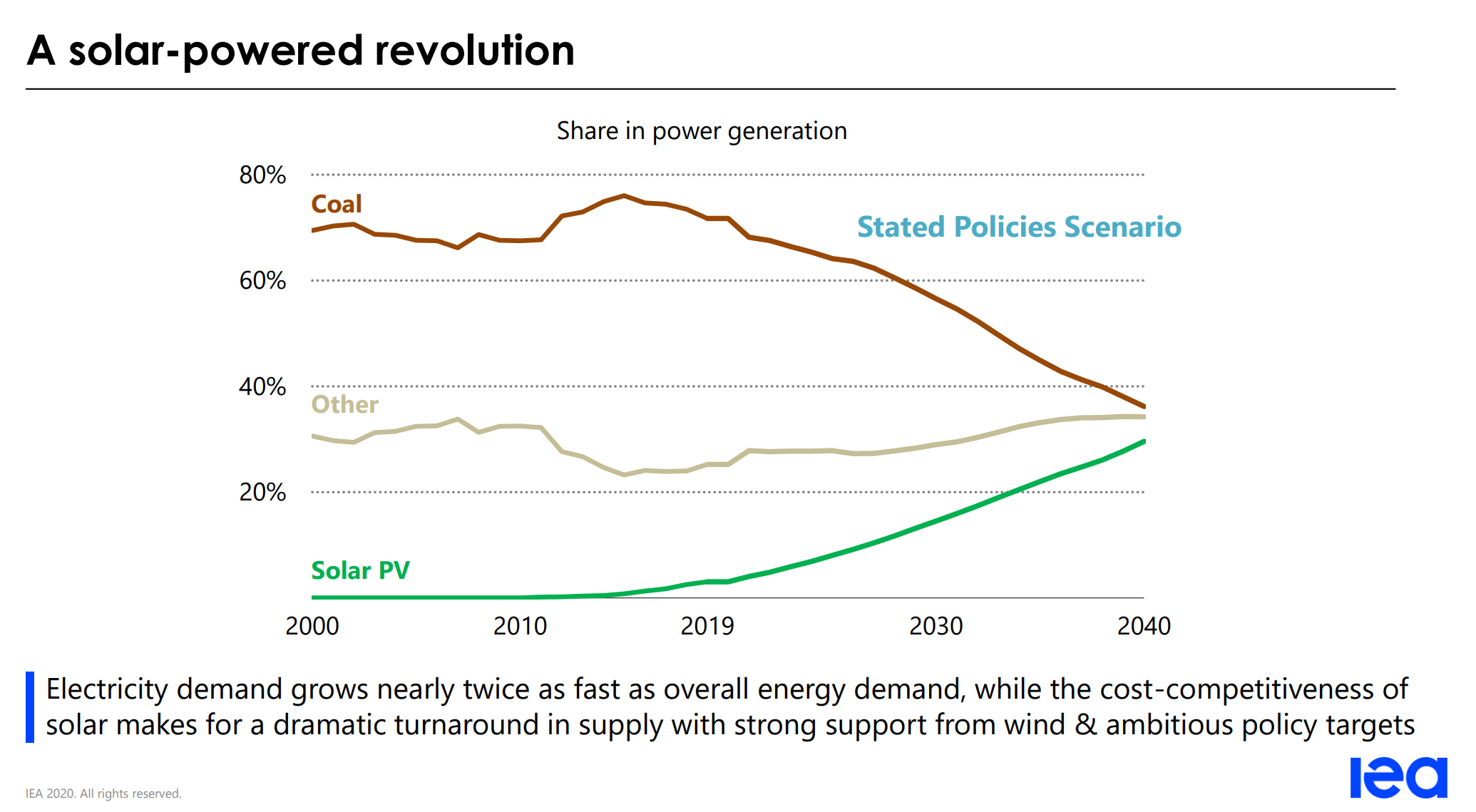
“The global economic benefit of reducing greenhouse emissions will be more than the cost of reducing emissions,” she says. “India can reap these economic benefits while also decarbonising its economy, by using the dramatic fall in the costs of low carbon technologies like solar and batteries – 85 percent in just ten years – to accelerate renewable energy use in this decade.” Secondly, she recommends India meet the growing energy and infrastructure needs of its cities “by deploying the right construction materials, building codes, urban design, and nature-based solutions that reduce extreme heat and buffer against storms”. In the process, she says, India has the opportunity to create new employment opportunities in the fields of circular economy, material reuse and battery recycling that will help reboot the country's job market.
That's all for today! If you enjoyed today's newsletter, join me on Twitter Spaces today at 4.30pm IST for a chat with lead author Navroz Dubash

